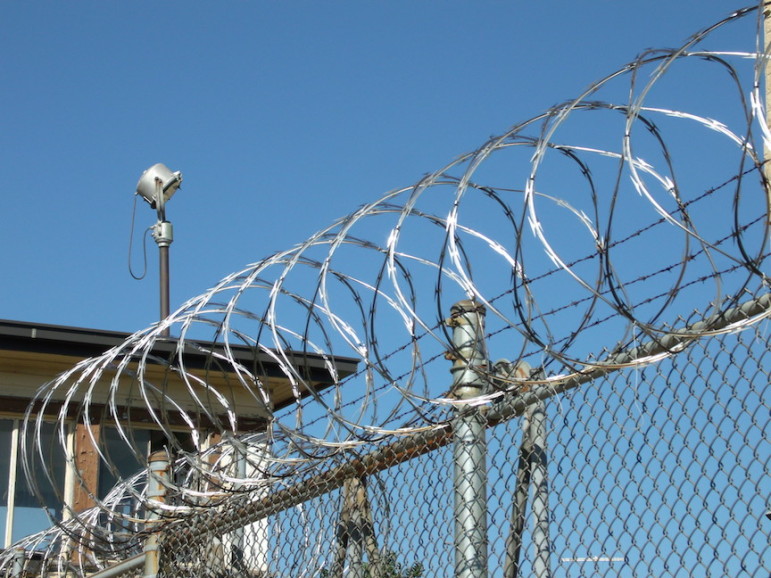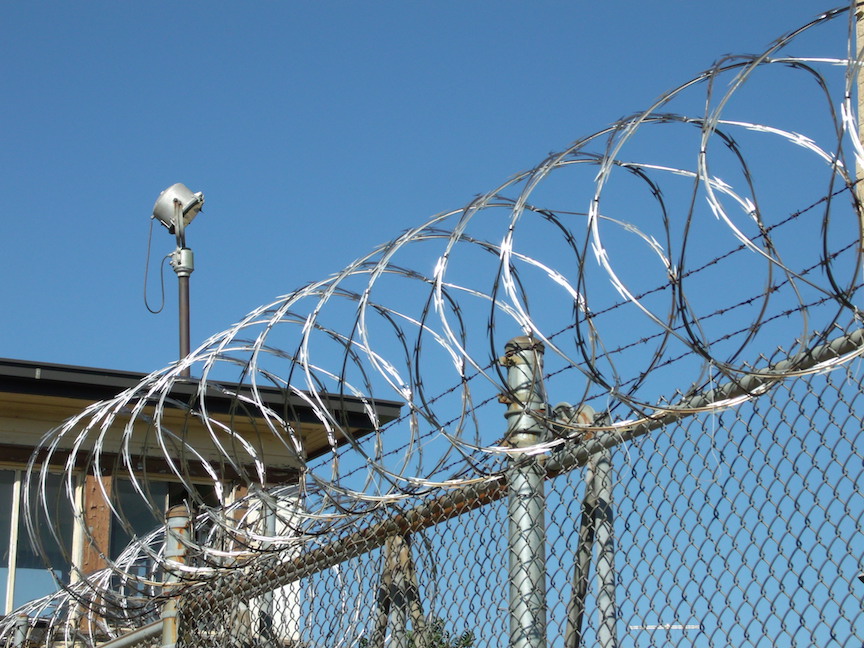
William Schenold
A new report states that about 70,000 people are released from prisons annually and roughly two-thirds are rearrested within three years of release.
From The Chicago Bureau:
Even when adult or juvenile inmates are freed, many remain shackled by laws that make it difficult for them to get welfare, vote, obtain a drivers license and find stable housing and employment. These laws are called collateral consequence laws — formal restrictions on a person following their conviction.

The College of William & Mary
Tracy Sohoni, who wrote the report, is assistant professor at William & Mary College.
A recent report by William & Mary Assistant Professor Tracy Sohoni called “The Effect of Collateral Consequence Laws on State Rates of Returns to Prisons” explored whether these laws are effective deterrents to crime or simply add-on punishment. Sohoni hypothesizes that collateral consequence laws do more harm than good.
But at first, she was surprised by the data, which in most cases was lacking as she tried her theory on various laws.
Sohoni’s research failed to find statically significant relationships between collateral consequence laws and state returns to prison, and if anything it suggested harsher laws decreased the rate of returns to prison.
But in specific instances where robust data was available — such as her evaluation of restricted access to Temporary Assistance for Needy Families (TANF) — she found subsequent increases in rates of returns to prison — precisely what she expected.
The report states about 70,000 people are released from prisons annually and roughly two-thirds are rearrested within three years of release. People who leave prison often find themselves back inside.
The U.S. government is taking steps to address re-entry for ex-offenders. Congress authorized $165 million for the Second Chance Act in 2008.
“Ex-convicts need structural opportunities. They need jobs,” Sohoni said, while acknowledging that lack of wide data and other factors make it impossible to draw absolute conclusions from the report. Still, the findings lend weight to advocates looking for less severe punishments, a rollback of the harsh laws from 20 and 30 years ago and the relaxation of laws that haunt inmates after release, often precluding them from re-entering society in any meaningful way.
“A lot of offenders come out and want to live a productive life but a lot of them find the opportunities just aren’t there,” she said.
 Several laws passed in the 1990s have made life much harder for ex-convicts. While some believe that is just fine — they deserve it for whatever crime they committed against society — the consequences were sometimes much more severe than expected.
Several laws passed in the 1990s have made life much harder for ex-convicts. While some believe that is just fine — they deserve it for whatever crime they committed against society — the consequences were sometimes much more severe than expected.
Consider: Highway funds to states that didn’t restrict former drug offenders’ driver’s licenses were reduced. Drug offenders were ineligible for loans, food stamps and cash assistance. They were cut off from programs like Temporary Assistance for Needy Families (TANF) and the Supplemental Nutrition Assistance Program (SNAP).
The report highlights how many collateral consequence laws seek to prevent crime. For example, restrictions on public housing for drug offenders can disrupt the expansive drug networks that develop there. Restrictions on employment could prevent people from misusing their position to commit further crimes. Suspending drivers’ licenses of former drug convicts tries to restrict the possibility of driving under the influence.
But the report also finds problems with this rationale. For example, drug offenders shouldn’t find it hard to become barbers, she said. But the restrictions are often imposed on broad categories of offending.
The report also notes that collateral consequence laws have often been called “invisible punishments” because they aren’t broadly publicized, let alone stated as part of one’s sentence in court — thus undermining the deterrent effect. Further, they operate outside the legal system. They are a reminder that serving time isn’t punishment enough, which cripples their will to reintegrate into society, according to Sohoni.
So why should anyone — aside from the ex-convict — really care? The report explains that it is taxpayer money that pays to reimprison offenders and it is the communities of these reoffenders that take a huge hit.
These communities lose revenue when potentially contributing members are incarcerated. Offenders cycle through prisons and their respective communities and if they continue to commit crimes in the neighborhood crime rates soar, socioeconomic status plummets and residential stability falls.
Families of these ex-convicts also pay a price. Restrictions on employment often mean the returning offender can’t provide income to the family or meet child support obligations. And drug-related convictions can be a basis for eviction for the offender along with anyone else in the same house. This means families risk losing access to housing if they let an ex-offender live with them — and in some cases families separate, tearing at the community fabric as they lose the ability to take care of each other.
For example, it becomes much harder to provide ex-convicts with a strong emotional support system. The study notes there is evidence that men who maintain strong family ties during imprisonment, and those who assume husband or parenting roles post-release, are more likely to have positive outcomes after they walk free.
The most extreme example seems to be in cases where mental illness — so rampant in jails in prisons in this country — are at play. For his part, Arthur Lurigio, a psychologist and professor at Loyola University Chicago, has developed a special program for offenders with mental illnesses. He worries about the impact collateral consequence laws have on the mentally ill.
“These are people that are not well equipped to navigate life effectively,” Lurigio said. “There are very few resources for them, their personal and social currency is already lacking and when you layer on top of that a criminal conviction — you’ve seriously disrupted their life and made it difficult for them to take care of themselves, even in the most basic ways.”
Lurigio said the most important things for mentally ill ex-offenders to have a smooth transition into society is housing and medication, and someone to ensure they’re carrying medication.
“Many people don’t have the insight to know they have the illness,” Lurigio said, “and so they need someone who helps with rehabilitation and has a supportive and regular presence in their life.”
This story produced by the Chicago Bureau.
